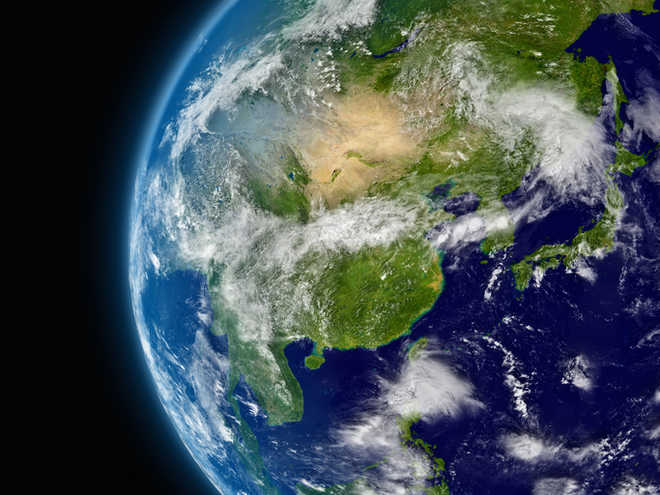London, May 16
An 'Earth-like' planet orbiting our closest neighbouring star, Proxima Centauri, about 4.2 light years away may have liquid water and the potential to support alien life, a new study has found.
The planet Proxima B was discovered in August last year, and is thought to be of similar size to Earth, creating the possibility that it could have an 'Earth-like' atmosphere.
Scientists from the University of Exeter in the UK have embarked on their first, tentative steps to explore the potential climate of the exoplanet.
Early studies have suggested that the planet is in the habitable zone of its star Proxima Centauri - the region where, given an Earth-like atmosphere and suitable structure, it would receive the right amount of light to sustain liquid water on its surface.
Now, experts have undertaken new research to explore the potential climate of the planet, towards the longer term goal of revealing whether it has the potential to support life.
Researchers simulated the climate of Proxima B if it were to have a similar atmospheric composition to our own Earth.
The team also explored a much simpler atmosphere, comprising of nitrogen with traces of carbon dioxide, as well as variations of the planets orbit. This allowed them to both compare with, and extend beyond, previous studies.
The results showed that Proxima B could have the potential to be habitable, and could exist in a remarkably stable climate regime.
However, much more work must be done to truly understand whether this planet can support, or indeed does support life of some form, researchers said.
"Our research team looked at a number of different scenarios for the planet's likely orbital configuration using a set of simulations," said Ian Boutle, lead author of the study published in the journal Astronomy and Astrophysics.
"One of the main features that distinguishes this planet from Earth is that the light from its star is mostly in the near infra-red," said James Manners, from University of Exeter.
"These frequencies of light interact much more strongly with water vapour and carbon dioxide in the atmosphere which affects the climate that emerges in our model," said Manners.
Researchers also found different even with configurations regions of the planet are able to host liquid water. — PTI
Unlock Exclusive Insights with The Tribune Premium
Take your experience further with Premium access.
Thought-provoking Opinions, Expert Analysis, In-depth Insights and other Member Only Benefits
Already a Member? Sign In Now











